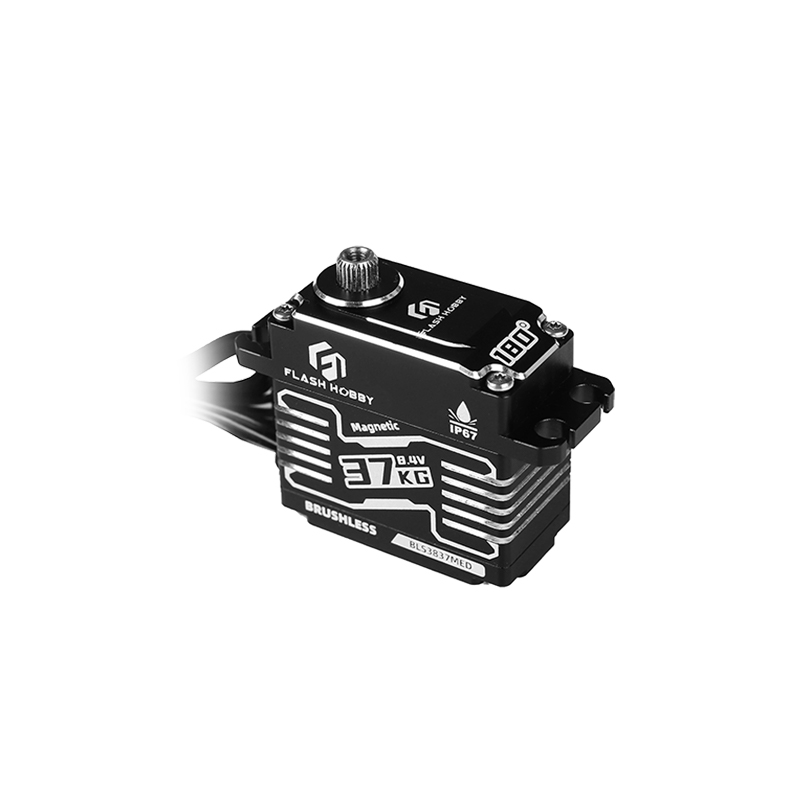Precision Unveiled: Comparing the Accuracy of Magnetic Servos to Other Servo Systems
2023-11-29
Introduction:
In the world of precision control and motion management, the choice of servo systems can make all the difference. Magnetic servos, leveraging advanced magnetic technology, have carved a niche for themselves by offering unparalleled accuracy and precision. In this blog, we will embark on a journey to compare the precision and accuracy of magnetic servos to other servo systems, unraveling the factors that set magnetic servos apart in the dynamic landscape of motion control.
The Benchmark of Accuracy: Magnetic Servos
1. Non-Contact Sensing:
- One of the key advantages of magnetic servos lies in their non-contact sensing mechanism. Magnetic position sensing, often using Hall effect sensors or magnetic encoders, eliminates the wear and tear associated with traditional contact-based systems. This non-contact nature ensures that the accuracy of magnetic servos is maintained over extended periods.
2. High Resolution Feedback:
- Magnetic servos provide high-resolution feedback on the position of the rotor. The ability to capture fine increments of movement contributes to the precision of these systems. This high resolution is particularly crucial in applications where intricate and nuanced movements are required.
3. Resistance to Environmental Factors:
- The robustness of magnetic servos in the face of environmental factors such as dust, debris, and vibrations enhances their accuracy. Traditional servo systems, relying on physical components like brushes, may be more susceptible to wear and performance degradation in challenging conditions.
4. Direct Drive Efficiency:
- Magnetic servos often feature direct drive technology, eliminating the need for mechanical components like gears. This not only streamlines the design but also contributes to higher efficiency in motion transfer. The direct coupling of the rotor to the load ensures that the commanded position is achieved with minimal deviation.
Challenges of Traditional Servo Systems:
1. Wear and Tear in Mechanical Components:
- Traditional servo systems, which may utilize brushes and gears, are prone to wear and tear over time. The physical contact between components introduces friction, leading to performance degradation and a decrease in accuracy.
2. Limited Resolution in Encoders:
- The encoders used in traditional servo systems may have limitations in terms of resolution. This limitation can impact the precision of the system, especially in applications that demand high levels of accuracy.
3. Maintenance Requirements:
- The presence of mechanical components in traditional servos necessitates regular maintenance to address wear and potential failures. This maintenance requirement can lead to downtime and additional costs.
4. Environmental Sensitivity:
- Traditional servo systems may be more sensitive to environmental factors. Dust, moisture, and vibrations can affect the performance of contact-based components, compromising the overall accuracy of the system.
Conclusion: Elevating Precision in Motion Control
In the realm of precision and accuracy, magnetic servos stand as trailblazers, redefining the benchmarks for motion control systems. The non-contact sensing, high resolution, and robust design of magnetic servos position them as the go-to choice for applications where accuracy is not just a preference but a necessity. While traditional servo systems have their merits, the advanced technology harnessed by magnetic servos propels them to the forefront, elevating precision in motion control across diverse industries. As technology continues to evolve, magnetic servos will likely play a central role in shaping the future of precision engineering and automation.



